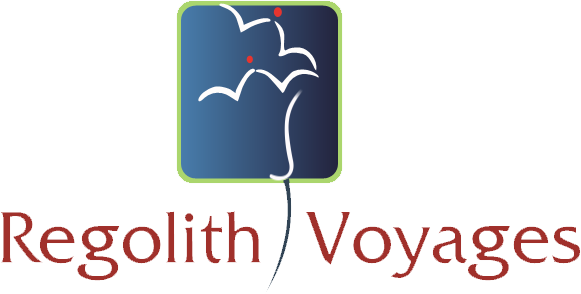Tibet
Tibet, located in the southwestern part of China, is a region known for its stunning landscapes, rich cultural heritage, and spiritual significance. Tourism in Tibet offers visitors a unique opportunity to explore its breathtaking mountains, ancient monasteries, and vibrant Tibetan culture. However, it’s important to note that the political situation and travel regulations in Tibet can be complex and subject to change.
Here are some key aspects of Tibet tourism:
Permits and regulations:
Foreign travelers are required to obtain various permits to visit Tibet. This includes a Chinese visa and a Tibet Travel Permit (TTP), which is issued by the Tibet Tourism Bureau. Additionally, depending on the areas you plan to visit, you may need additional permits such as the Alien's Travel Permit (ATP) or the Military Permit. These permits are typically arranged by travel agencies or tour operators, and independent travel is not permitted in most cases.
Access to Tibet:
The most common way to enter Tibet is by flying into Lhasa, the capital city, from major cities in China such as Beijing, Chengdu, or Shanghai. It's also possible to travel overland from Nepal, but this route has additional requirements and restrictions. The Qinghai-Tibet Railway is another option for reaching Tibet, offering a scenic train journey from mainland China.
Altitude sickness:
Tibet is known for its high elevation, with Lhasa situated at around 3,650 meters (11,975 feet) above sea level. It's important to acclimatize gradually to the altitude to avoid altitude sickness. Spending a couple of days in Lhasa before venturing to higher-altitude destinations is recommended.
Popular attractions:
Tibet offers a range of popular tourist attractions. The Potala Palace in Lhasa, once the winter residence of the Dalai Lama, is a must-visit landmark. The Jokhang Temple and Barkhor Street are also significant cultural and religious sites. Other notable destinations include Namtso Lake, Mount Everest Base Camp, Yamdrok Lake, and Tashilhunpo Monastery in Shigatse.
Cultural experiences:
Tibetan culture is deeply rooted in Buddhism, and monasteries play a vital role in Tibetan society. Visitors can participate in spiritual rituals, witness monks debating at Sera Monastery, or attend religious festivals such as the colorful Tibetan New Year (Losar) celebrations.
Respect local customs:
When visiting Tibet, it's important to respect local customs and traditions. Tibetan Buddhism is deeply revered, so it's important to dress modestly, remove your shoes before entering monasteries, and follow any guidelines provided by your tour guide.
Weather and best time to visit:
Tibet experiences a cold and dry climate, with temperature variations throughout the year. The best time to visit Tibet is generally from May to October when the weather is relatively mild and the region is accessible. However, keep in mind that the peak tourist season can be crowded. The winter months (November to February) are less crowded but can be extremely cold.
Planning for visit
Before planning your trip to Tibet, it's advisable to consult with a reputable travel agency or tour operator experienced in organizing Tibet tours. They can provide up-to-date information, assist with permit arrangements, and help plan your itinerary based on your preferences and available travel options.
- Tibet : Region of China
- Capital : Lhasa
- Area : 1.228 million km²
- Currency : Chinese Yuan
- Official language : Chinese




